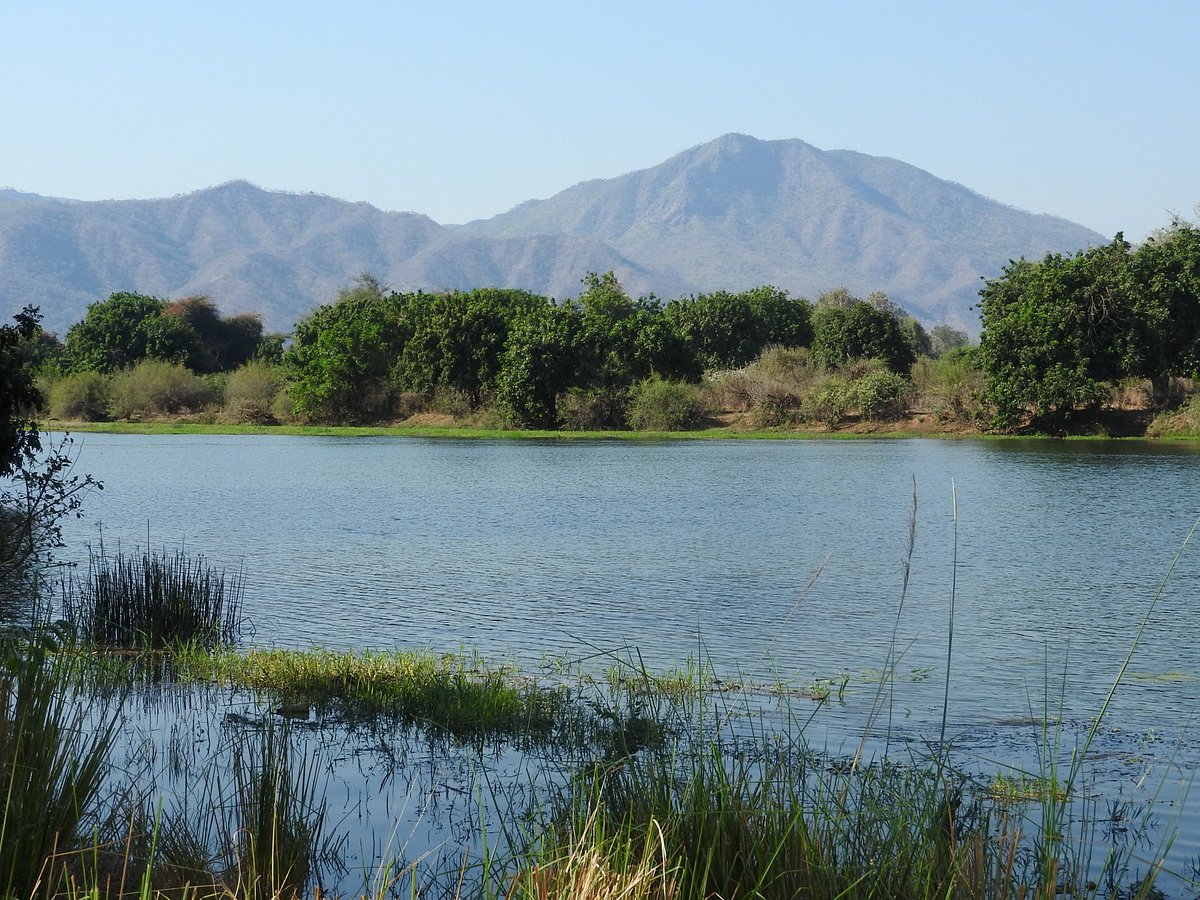Nestled in the heart of Southern Africa, Zambia, known as the “Real Africa,” is a stunning destination that boasts spectacular natural wonders, a wealth of wildlife, vibrant cities, and a rich mosaic of cultures. With its vast open spaces, awe-inspiring landscapes, and an abundance of activities, Zambia is a destination that holds the promise of thrilling adventure, tranquil relaxation, and enlightening cultural experiences.
This article will take you through the best places to visit in Zambia and offer practical travel tips for an unforgettable journey.
Victoria Falls
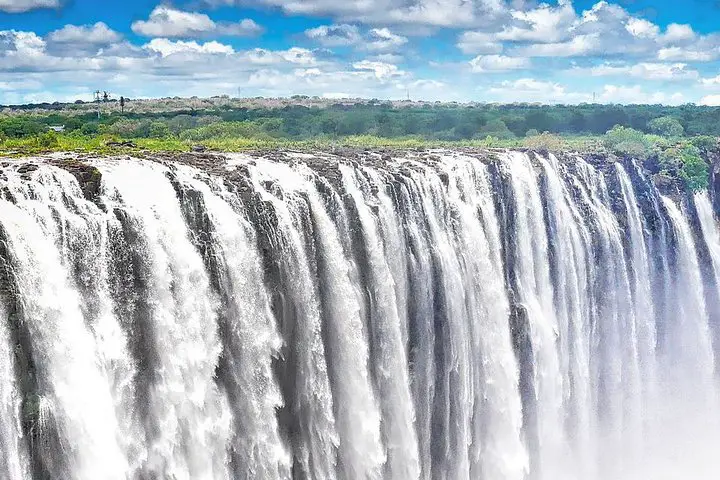
Victoria Falls was formed as a result of the Zambezi River carving its way through seven successive basalt gorges. It’s one of the world’s most remarkable waterfalls due to its width of 1,708 meters (5,604 ft) and height of 108 meters (354 ft), making it the world’s largest sheet of falling water.
The rainforest at Victoria Falls is filled with unique plant and animal life. Animals like hippopotamus, crocodile, elephant, and a variety of bird species can often be seen in the Zambezi River. The surrounding parks are home to larger mammals including buffalo, giraffe, zebra, antelope, and lions.
Victoria Falls offers a wide range of activities catering to different types of tourists. Apart from viewing the magnificent waterfall from various vantage points, adventurous visitors can enjoy activities such as bungee jumping off the Victoria Falls Bridge, white-water rafting, canoeing, or helicopter flights over the falls. Those looking for a more relaxed experience can enjoy a peaceful sunset cruise along the Zambezi River or a walk in the rainforest.
South Luangwa National Park
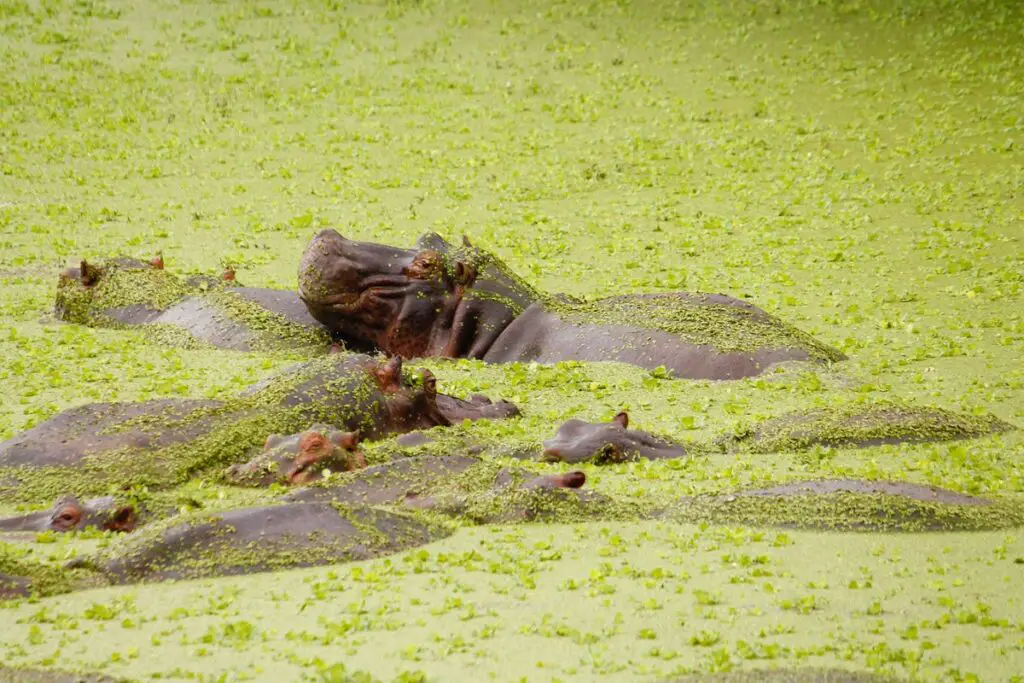
South Luangwa National Park is located in eastern Zambia, covering an area of around 9,050 square kilometers. The Luangwa River, one of the major tributaries of the Zambezi River, runs through the park and contributes to its rich animal and plant life.
The park is known for its high concentration of game, including around 60 different animal species and over 400 bird species. The park provides an opportunity to see a variety of wildlife such as elephants, hippos, lions, wild dogs, zebras, leopards, giraffes, and many species of antelope.
It’s also known for its large populations of Thornicroft’s giraffe and Crawshay’s zebra, subspecies found only in the Luangwa Valley. The park’s birdlife is extraordinarily diverse, attracting birdwatchers from around the globe.
South Luangwa is often credited as the birthplace of walking safaris. These on-foot adventures provide an intimate experience with the park’s flora and fauna. It is also renowned for its night drives, which provide the opportunity to see nocturnal creatures and predators on the prowl, especially the elusive leopard which the park is particularly famous for.
The best time to visit the South Luangwa National Park is during the dry season (May to October) when the animals congregate around the remaining water sources, making wildlife easier to spot. However, the wet season (November to April) brings lush greenery and abundant birdlife, offering a different yet equally remarkable experience.
Lower Zambezi National Park

Lower Zambezi National Park is located in southeastern Zambia, stretching along the northern bank of the Zambezi River, opposite Zimbabwe’s renowned Mana Pools Reserve. The park covers an area of about 4,092 square kilometers.
The Park is known for its exceptional wildlife sightings. The park hosts numerous species such as elephants, hippos, buffalo, zebras, lions, leopards, and a variety of antelope species. The park is particularly famous for its large herds of elephants.
The Zambezi River is teeming with crocodiles and hippos, while the river’s banks attract other thirsty animals, especially in the dry season. Birdwatchers will be thrilled with the over 370 bird species recorded in the park, including water birds, parrots, and kingfishers.
The park offers a range of unique activities that offer close encounters with wildlife. Game drives and night drives are popular, but it’s the water-based activities that stand out. Canoeing safaris along the Zambezi are a special treat, allowing a close approach to animals like elephants, buffalo, and numerous bird species. Boat cruises, particularly at sunset, are magical.
The park also offers the unique experience of walking safaris, providing a more intimate, ground-level encounter with the African wilderness.
The best time to visit Lower Zambezi National Park is during the dry season (April to November). This is when animals congregate around the Zambezi River and other water sources, making wildlife spotting easier. However, many lodges close during the rainy season (December to March) due to accessibility issues.
Lake Kariba

Lake Kariba is situated on the border between Zambia and Zimbabwe, formed by the Kariba Dam on the Zambezi River. The Zambian side of the lake is surrounded by several wildlife protection areas.
Lake Kariba is surrounded by natural beauty and diverse wildlife. The lake itself is rich in fish species, including Tigerfish and Tilapia, making it an ideal location for fishing. On the Zambian side, the lake is surrounded by several game management areas where wildlife such as elephants, hippos, crocodiles, and a variety of bird species can be seen. The lake’s islands also serve as habitats for waterbucks and other small mammals.
The lake provides opportunities for various activities such as fishing, boating, and water sports. One of the main attractions is the houseboat experience, which offers a unique way to explore the lake, observe wildlife, and enjoy the stunning sunsets for which Lake Kariba is famous. The lake is also a popular destination for angling tours, particularly for those hoping to catch a Tigerfish.
Lake Kariba can be visited at any time of the year. However, the dry season (April to October) is often considered the best time to visit, as wildlife viewing tends to be better during these months. The rainy season (November to March) brings lush vegetation and an increase in birdlife, though it can be hot and humid.
Lusaka, The Capital
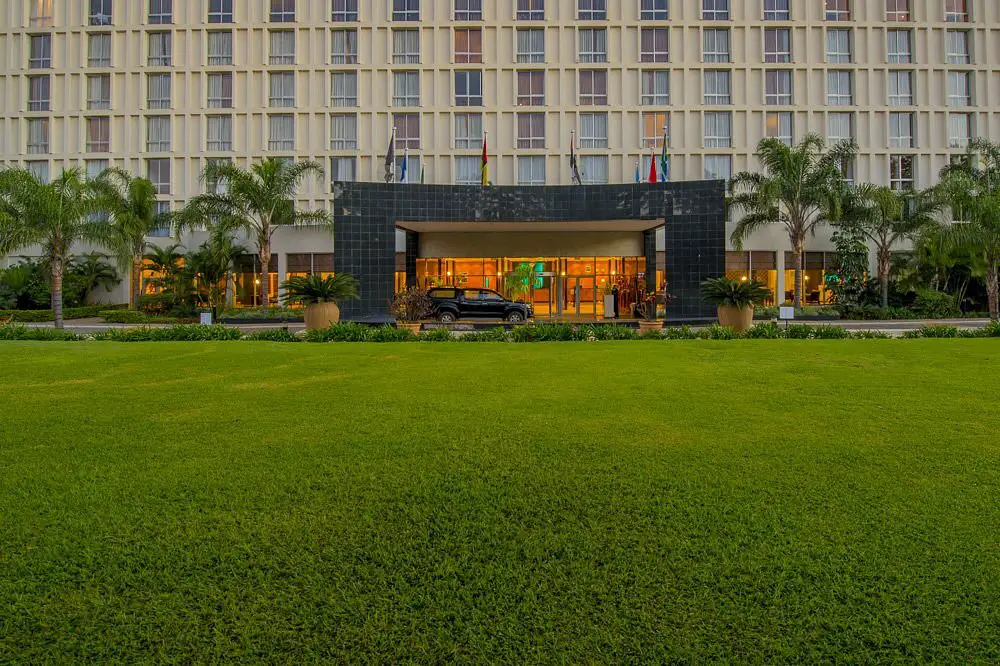
Lusaka is centrally located in the southern part of Zambia, and its advantageous location makes it an ideal starting point for exploring the various national parks and tourist attractions throughout the country.
Lusaka offers various attractions for both locals and tourists. The city’s modern shopping malls, such as East Park Mall and Manda Hill, are home to a wide variety of stores, restaurants, and entertainment options.
The city is also home to several significant landmarks, including the Freedom Statue, a symbol of Zambia’s struggle for independence, and the Cathedral of the Holy Cross, a stunning example of modernist architecture.
For nature and wildlife enthusiasts, the city offers Munda Wanga Environmental Park, a combination of wildlife park and botanical garden, and the Kalimba Reptile Park, which houses a collection of some of Africa’s deadliest and most unusual reptiles.
The city boasts a rich food scene, with an array of restaurants offering both local and international cuisines. Visitors can try traditional Zambian dishes like nshima (maize porridge) or sample cuisines from around the world.
Livingstone

Livingstone is located in the southern part of Zambia, near the border with Zimbabwe. It’s situated about 10 kilometers from one of the world’s most spectacular natural wonders, Victoria Falls, which the locals call Mosi-oa-Tunya, “The Smoke That Thunders.”
Beyond its proximity to Victoria Falls, Livingstone is known for the wide range of adventure activities it offers. These include white-water rafting on the Zambezi River, bungee jumping off the Victoria Falls Bridge, helicopter flights over the falls, and game drives in the nearby Mosi-oa-Tunya National Park.
For a more relaxed experience, the city also offers sunset cruises on the Zambezi River, visits to a local village, and tours of the railway museum.
Livingstone offers a variety of dining options. Local and traditional African cuisines, as well as international cuisines, can be found in the city’s many restaurants and eateries.
The best time to visit Livingstone depends on what you want to do. For most adventure activities and to see Victoria Falls at its fullest, the best time is during the rainy season from November to March. For wildlife viewing in the nearby national park, the dry season from May to October is ideal.
Kitwe
Kitwe is located in the Copperbelt Province in the northern part of Zambia. It’s the third-largest city in the country in terms of size and the second-largest in terms of population.
Kitwe’s main attractions are tied to its mining history. The Copperbelt Museum provides an in-depth look at the city’s mining past and cultural heritage. The Mindolo Dam, a popular recreation spot, offers boating, fishing, and picnicking opportunities. Near the dam is the Kitwe Little Theatre, a community theatre that puts on regular productions.
The city is also home to the second-largest open-air market in Africa, the Chisokone Market, where visitors can purchase everything from food and clothing to traditional crafts.
Kitwe, like the rest of Zambia, experiences a rainy season (November to April) and a dry season (May to October). The best time to visit depends on individual preferences, although the dry season is often more comfortable for visitors not accustomed to heavy rains and high humidity.
Shiwa Ng’andu Manor House
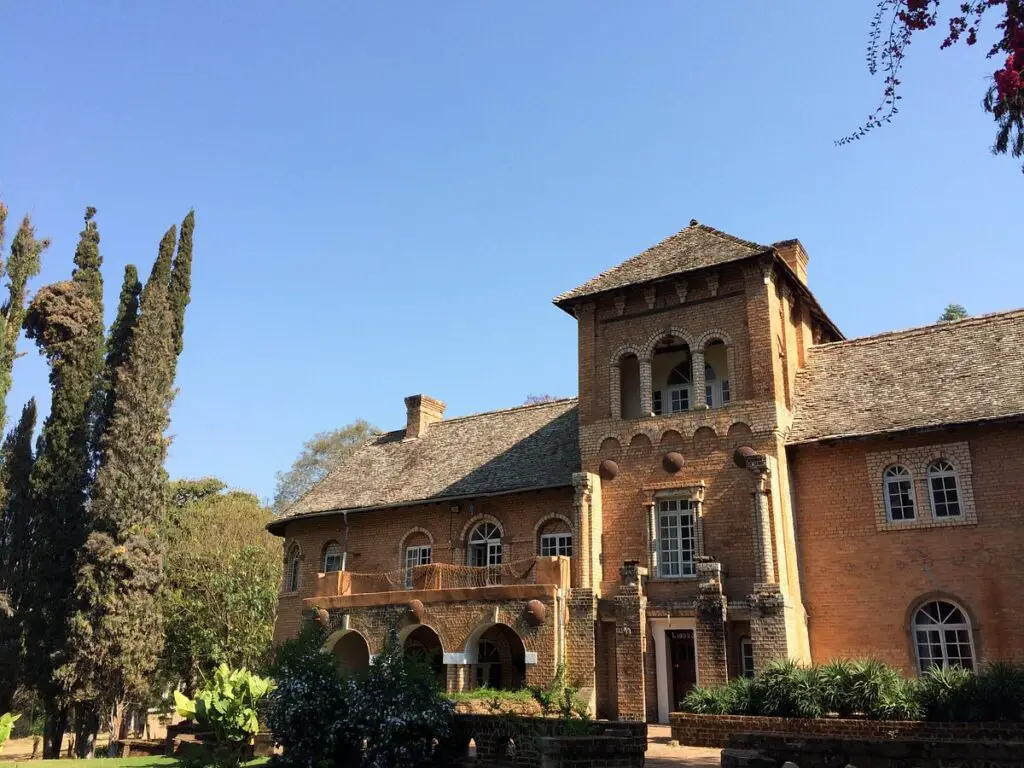
Shiwa Ng’andu Manor House is located in the Northern Province of Zambia, near the town of Mpika. It’s situated on an estate that spans over 10,000 hectares amidst a beautiful African landscape of woodland, savannah, and lakes.
Today, visitors to Shiwa Ng’andu can tour the manor house, which is filled with antique furniture, African art, and historical photographs. The estate also contains a charming English-style garden, a lake filled with birdlife, and several hot springs.
The old workshops are still operational, producing everything from soap to furniture, and these can also be toured. The estate also offers game drives and walks, as it hosts wildlife such as zebra, hartebeest, and various bird species.
The best time to visit Shiwa Ng’andu is during the dry season, from May to October, when the weather is cooler and drier, making it more comfortable to explore the estate and surrounding areas.
Chimfunshi Wildlife Orphanage

Chimfunshi Wildlife Orphanage is situated on the banks of the Kafue River in northern Zambia, approximately 65km west of Chingola. Established in 1983 by David and Sheila Siddle, it started as a family-run wildlife orphanage. It’s now one of the largest chimpanzee sanctuaries in the world.
The primary mission of Chimfunshi is to provide care and sanctuary for orphaned chimpanzees. Many of the chimps have been rescued from poachers or abusive conditions, and the sanctuary provides them with a safe and healthy environment to live.
Chimfunshi is dedicated to the conservation and protection of chimpanzees and works to educate the public about these intelligent creatures. The sanctuary is involved in numerous research projects and collaborates with scientists and conservation organizations worldwide.
Visitors to Chimfunshi will have the opportunity to tour the sanctuary and learn about the chimpanzees’ behavior and personalities. They’ll be able to observe the chimps during feeding times and may even have the chance to meet some of the younger residents. The sanctuary also has a wildlife education center, where visitors can learn about the threats facing chimpanzees and the conservation efforts being made to protect them.
In addition to chimpanzees, the sanctuary is home to other wildlife, such as antelopes and a variety of bird species, which can be seen while touring the facility.
The sanctuary is open to visitors all year round, but the best time to visit is during the dry season (May to October), when the weather is cooler and the roads are more accessible.
Lusaka National Museum

The Lusaka National Museum is located in the heart of Lusaka, the capital city of Zambia. Established in 1996, it is dedicated to showcasing the rich cultural and historical heritage of Zambia.
The museum spans two floors and houses a diverse range of exhibitions.
The ground floor is primarily dedicated to contemporary art, showcasing works from Zambian artists. These works represent a mix of traditional and modern themes, reflecting the evolving cultural landscape of Zambia.
The upper floor hosts historical and archaeological exhibitions. These collections offer an insightful look into Zambia’s past, from the early Stone Age to the present day. Artifacts on display include traditional tools, pottery, and items of cultural significance, as well as exhibits detailing Zambia’s struggle for independence and its journey as a post-colonial state.
A visit to the museum offers an insightful perspective into the country’s past and present, making it a must-visit destination in Lusaka.

